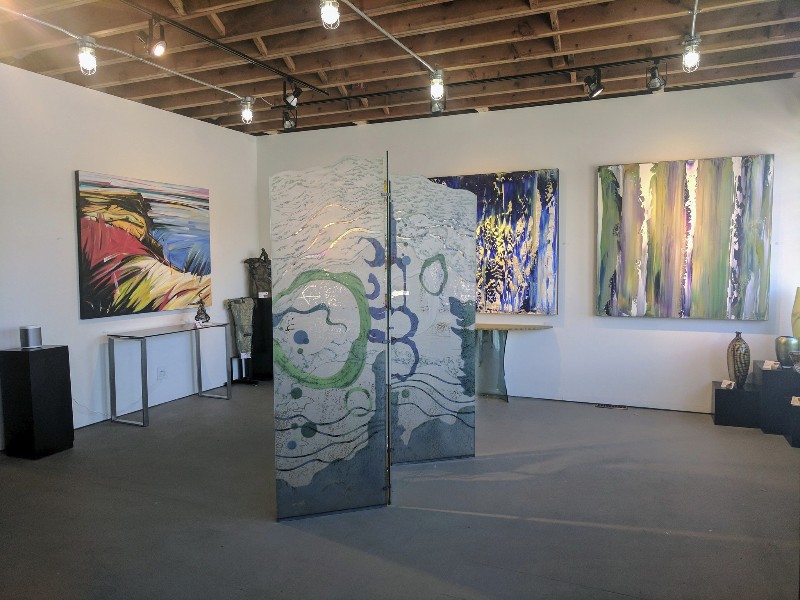
Of course, he would not have been able to express that without his technical mastery. It is because of Rembrandt’s compelling, profound sensitivity and perceptivity into human emotions that the world responds as it does to his work.

Technique can only bring someone so far, one must also develop a deeply instilled vision for one’s work. He certainly was a brilliant painter in technical terms, but he was also so much more than that. One of the many things that set him apart from other painters of his own era was that he had a vision for his work. Rather, he was very much present in his painting, continually being innovative and trying new things. He never employed any formula or routine approaches with his work. Every time Rembrandt worked on a piece he would methodically think through the entire process from start to finish. While the techniques of Vermeer, another Dutch old master, made him who he was as a technical master. Using versatility to become a technical art master Perhaps it took too long to dry! Whatever the reason, you can see how clearly he figured out the composition before ‘starting’ the painting. Then, once dry he would paint over his brown underpainting and would begin to add color, working from the background forward.Įcce Homo, pictured above, is one of his monochrome paintings that he was not able to get around to finishing. After starting with this monochrome technique, he would leave it to dry before moving on further. In doing this, he could work in monochrome (single color) to figure out the darks and lights of his painting and create the design of his picture. Rembrandt, Ecce Homo, The National Gallery LondonĪs part of Rembrandt’s painting style, he started (at least sometimes) his paintings out in transparent browns. Monochrome technique to develop painting compositions

This probably plays no small role in the fact that we feel a warm glow emanating from his paintings. Rembrandt having started his works on top of warm tones definitely influenced his color decisions as he worked. Rembrandt would cover the entire surface with the color. His imprimatura (initial color of the ground) was usually a warm yellowish brown color. One of the things we learn from Rembrandt upon technical analysis, it looks like he generally used a middle toned ground. When I say ‘ground’ I mean the color he used for his primer – what color/ tone he would use to create the underpainting for his painting.

The texture and ground that Rembrandt used plays an important role in his work. The use of ground color and texture on canvas Which brings us to the next technique we can learn from Rembrandt. It appears that he used a sienna type of color. A rather brilliant way to create strands of hair! Also, because of the ‘scraping’ away of the paint, we can learn from Rembrandt what color his base color was. Upon close inspection of the painting technique here, you can see that Rembrandt uses the end of a sharpened brush handle to scratch through wet paint in order to create the illusion of hair strands. Look closely at the head of hair in the image of Rembrandt’s, Self Portrait at an Early Age.


 0 kommentar(er)
0 kommentar(er)
